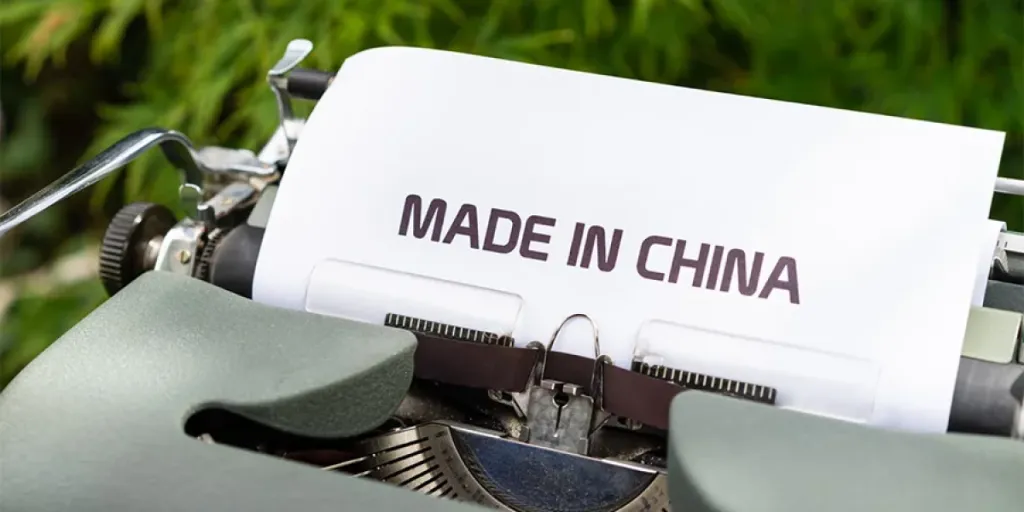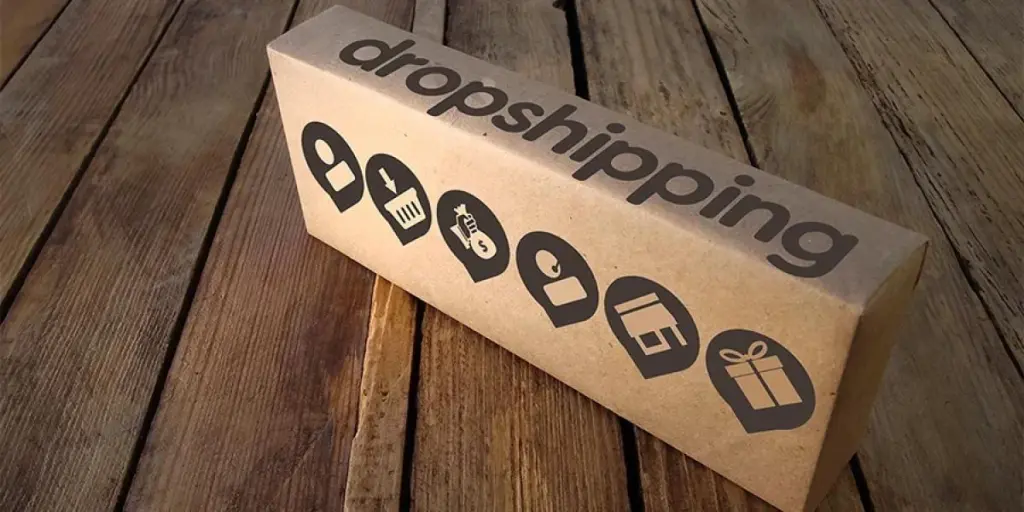Magic, luck, and emotions have no place in procurement. Without strategic negotiations, they’re bound to fail.
You must have good business judgment, an understanding of human nature, an iron gut, street smarts, patience, and unwavering discipline to succeed.
A procurement negotiation strategy will allow you to create a win-win situation and sustain a mutually beneficial relationship. However, you can cave under pressure without a balancing act of tact and flexibility.
This article outlines five situational questions that could prove problematic for even seasoned retail procurement professionals. You’ll learn the tactics to navigate such situations and close the deal.
We’ve also gathered various insights and perspectives from procurement operations handlers in different fields. Let’s dive in.
Table of Contents
What to do when suppliers blame higher overheads?
Isn’t bidding more effective than negotiating?
How do I handle “take-it-or-leave-it” suppliers?
What if suppliers argue my cost information is wrong?
What to do when distributors say they have no choice but to pass along manufacturers’ increases?
Frequently Asked Questions (FAQs)
Conclusion
1. What to do when suppliers blame higher overheads?
Factors like increased labor costs, maintenance, repairs, or general inflation can cause higher overhead costs. But to tackle these costs from the suppliers’ side, you must understand why there’s an increase.
This can be tricky. Rather than an adversarial stance, take a collaborative approach to understand their perspective while representing your company’s interests. The key is to dig into the details of their increased costs to determine their validity and look for potential win-wins.
“Ask the suppliers for detailed breakdowns of their overhead costs,” says Noel Griffith of SupplyGem. “This helps you assess whether the increase is justified or if there are areas where they can potentially optimize their operations to reduce costs.”
Suppliers may be able to find ways to deliver goods and services more efficiently, mitigating the impact of higher overheads.
Of course, some suppliers won’t disclose these cost breakdowns to their customers to avoid explaining why their overhead is higher. In those cases, blaming overhead is usually a ruse; they want you to take it or leave it. We’ll discuss how to tackle such situations in a bit.
Moving on, terminating your relationship could be a bad idea if the increases are outside your vendor’s control and justified.
You must conduct a supplier cost analysis to know whether to walk away or stay at the negotiation table.

Evaluate market conditions. Consider reviewing the price of your product in the past few years and determining the following questions as you analyze this data:
- Has your supplier’s price ever decreased? Was demand for the product a factor?
- What was happening in the global economy when your supplier’s price increased?
- Did seasonal demand affect prices around the same time each year?
- Were some parts or materials hard to buy?
Also, compare the past bills of materials (BOMs) for the products becoming more expensive. BOMs are the list of ingredients and components that make up a product.
Reviewing them in your cost analysis will reveal which specific material is responsible for the increase.
These questions will provide context for how prices have changed over time, informing your next steps.
2. Isn’t bidding more effective than negotiating?
At some point during your procurement process, you might need to choose between competing bids and negotiations. While both could be beneficial, evaluating certain circumstances can help you maximize each tactic’s strengths to the fullest.
Bidding makes sense if you’re purchasing expensive items. For example, if you want to buy large quantities of cold rolled steel from distributors and keep your options open, you should make them bid for your business.
Remember, in any negotiation, the side with the most options has the most power. So, making suppliers bid for your patronage allows you to negotiate from a place of strength.
Discussing his experience, Will Yang, the Head of Growth and Marketing at Instrumentl, explains, “I once worked with a client who needed to procure specialized equipment for their manufacturing facility. Their research had led them to identify three potential suppliers that met their requirements.”
“During the negotiation process, they strategically played the suppliers against each other, highlighting the strengths and weaknesses of each proposal. This allowed them to negotiate better pricing and terms and ensured they got the best value for their investment.”
When suppliers know you have alternatives and are not solely dependent on them, they feel a sense of urgency and will be more willing to offer concessions for your business.
You may also consider bidding if there are sufficient qualified suppliers for that product and you are free of any time pressure.
To begin bidding, have your purchasing manager send a Request for Quotes (RFQ) form to suppliers interested in doing business with your organization.

On the flip side, consider negotiating with suppliers in the following instances:
- When you need more product flexibility and customization.
- When you can accurately estimate the production cost of the product.
- When you need the products quickly and the deadline isn’t very flexible.
- When quality is as important as the price.
- When there’s a chance product specifications could change as the contract proceeds.
Bidding and negotiations have their pros and cons. However, the effectiveness of each depends on your product needs and goals.
If cost is your primary concern, bidding might be effective. But if you require product customizations, you’re better off negotiating with vendors who are familiar with your preferences and capable of meeting them.
3. How do I handle “take-it-or-leave-it” suppliers?
A take-it-or-leave-it situation in procurement deals usually happens when a power dynamic changes from buyers to suppliers. This puts the retailer at a disadvantage, especially if they’re a small company dealing with a large vendor who might also be their sole source.
If you’re in such a difficult position, you must come to terms with two things:
- The ball is in the supplier’s court; they can afford to not do business on your terms.
- There’s always demand for their products.
The best approach would be to handle the procurement negotiations as a collaborative process. Start by considering other ways to help the supplier realize value.
The CEO and owner of Southwestern Rugs Depot, Connor Butterworth, says he makes it a point to shift the discussion from pure pricing to value addition, focusing on other aspects of the deal that could be adjusted.
“These could include payment terms, delivery schedules, or after-sale service,” he says. “It’s about creating a win-win environment that can lead to more effective long-term relationships.”
Occasionally, you might encounter a take-it-or-leave-it deal from a supplier when they think the prices will skyrocket soon and you don’t have solid, cheaper alternatives.
In that case, meet them halfway by signing a longer-term agreement in exchange for better pricing. That’s precisely what Campbell Tourgis, the Executive VP and COO at Wainbee, did to secure a long-term partnership with one of their suppliers.
This move aligned with his company’s goals for Campbell since he studied their needs and market trends. “Our proposal showed our projected volume over the contract period, which reassured them of our commitment. We even suggested adding performance-based incentives to sweeten the deal.”

That said, having a solid alternative as your fallback plan is in your best interest if things don’t go as planned. However, don’t just mentally acknowledge your alternative; back that decision with data.
How much do other suppliers charge for the same product? How much will you lose or gain if you walk away from this negotiation? The stronger your numbers, the stronger your position will be.
During contract negotiations, drop hints about the existence of an alternative to your supplier. This could shift the power dynamic in your favor. If you find something that will tip the scales and the other party doesn’t know, use it as a bargaining chip.
For instance, if you want to buy TV sets from your distributor and their major rival offers discounts or free deliveries, bring it up. Making them compete for your business should prevent the “take it or leave it” response.
4. What if suppliers argue my cost information is wrong?
“When suppliers disagree on cost information during procurement negotiations, a simple solution is to ask them to share their cost breakdowns for comparison,” says Peter Hoopis, who runs a retail platform for pickleball enthusiasts.
This is a strategic and diplomatic way to avoid a discussion breakdown with your vendor. First, double-check your information to ensure its accuracy. If there are mistakes, acknowledge them and be open about your corrections.
But if you think you’re right, gather data, quotes, and other relevant documents that support your figures. Having tangible evidence strengthens your position during these times.

Express how you arrived at your cost figures and provide any necessary context to clarify your case. This encourages an open dialogue and promotes transparency and understanding between both parties.
Moreover, this strategy helps uncover differences in assumptions and leads to productive discussions on aligning cost estimations. It also allows suppliers to explain their pricing structure more clearly, making it easier to discuss value and costs.
If your initial budget is unrealistic during negotiations, reevaluate your negotiation strategy. Look for areas where you can make adjustments without compromising your core requirements.
Finally, remember that procurement negotiations are a dynamic process. Maintaining a cooperative and solution-oriented approach will help you overcome challenges and keep talks on track.
5. What to do when distributors say they have no choice but to pass along manufacturers’ increases?
It’s not unusual to witness price increases in retail; as a matter of fact, you should expect and account for it. Although you might have a problem if these increases eat into your potential profit margins.
In that case, know your walkaway point before going into any negotiation. Clearly understand the lowest price or most favorable terms you will accept for a deal to remain viable for your company.
This gives you a solid foundation to negotiate. With your walkaway point defined, you can confidently hold your position instead of making unnecessary concessions under pressure.
In discussing his procurement experience, Shawn Stack, founder and CEO of Hallmark Timmins, said, “I ensure we calculate our minimum required price point that would maintain our expected profit margins.” Using this price point as a North Star, he negotiated a profitable contract for both parties.
Alternatively, since you’ve done some industry analysis and know your supplier’s competitors’ prices, it may be time to switch vendors.

However, if you have a long-standing relationship with your distributor, work with them to explore alternative pricing strategies and reduce supply chain costs.
Your main goal is to make a profit, so if you can’t find an alternative to cutting prices, pass the increase on to customers.
Frequently Asked Questions (FAQs)
Still have questions on how to nail retail procurement negotiations? Here are a few answers to guide you:
1. What skills do I need for a successful procurement negotiation?
The skills you need for a successful negotiation are:
Active listening: This allows you to listen attentively and read body language to find clues you can use to persuade your vendor.
Emotional control: Avoid taking an adversarial stance, which could exacerbate the situation and flare up emotions during negotiations. Instead, be diplomatic and tactful to keep your emotions in check.
Verbal communication: Always state your case and concerns clearly and upfront. This will help prevent misunderstandings as negotiations proceed.
Problem-solving skills: When there are differences in opinions between you and your supplier, your ability to think creatively to find solutions will save your purchasing negotiations.
2. How do you negotiate with suppliers on Chovm.com?
Strategizing is vital when dealing with Chovm suppliers. The “good guy/bad guy” technique is a well-known strategy used by sales representatives. For example, they blame a decision-maker for their inability to lower prices during negotiation.
You can turn the tables by insisting on speaking with the decision-maker. This tells them you don’t want to play games and are determined to negotiate a mutually beneficial deal.
In addition, read the fine print of your contract and clarify the total price so they won’t surprise you with hidden costs. Don’t be afraid to ask questions and ask for samples.
Arming yourself with knowledge about the deal will boost your confidence, which is critical in any negotiation.
Conclusion
Procurement negotiations should always be in the best interest of your supplier and you. Lopsided deals will fail, leaving you without products for your business operations.
Research if and why prices increase, and try to understand your suppliers’ cost justifications. This will allow you to draw up a plan for navigating price hikes.
These detailed purchase negotiation tips will help you land successful supply deals on Chovm.com.




